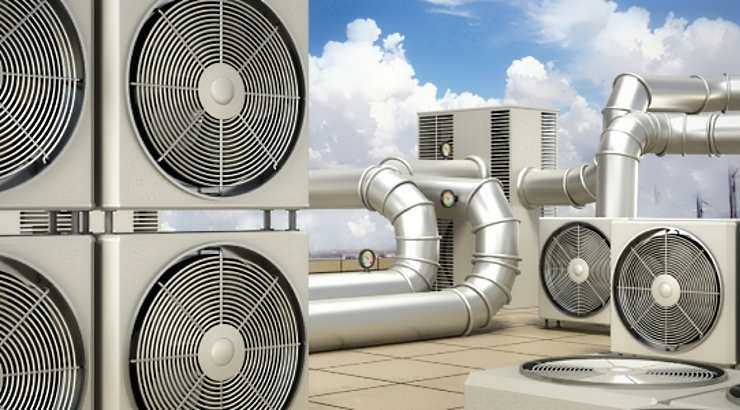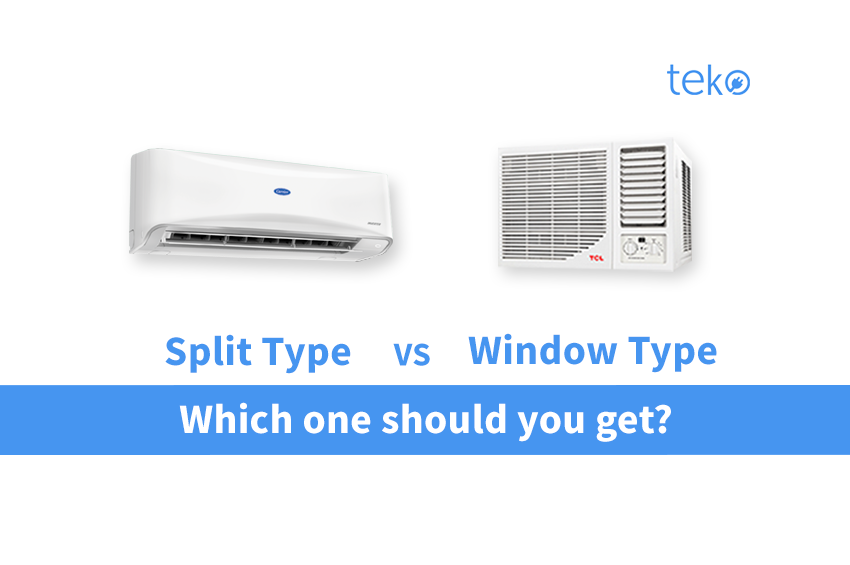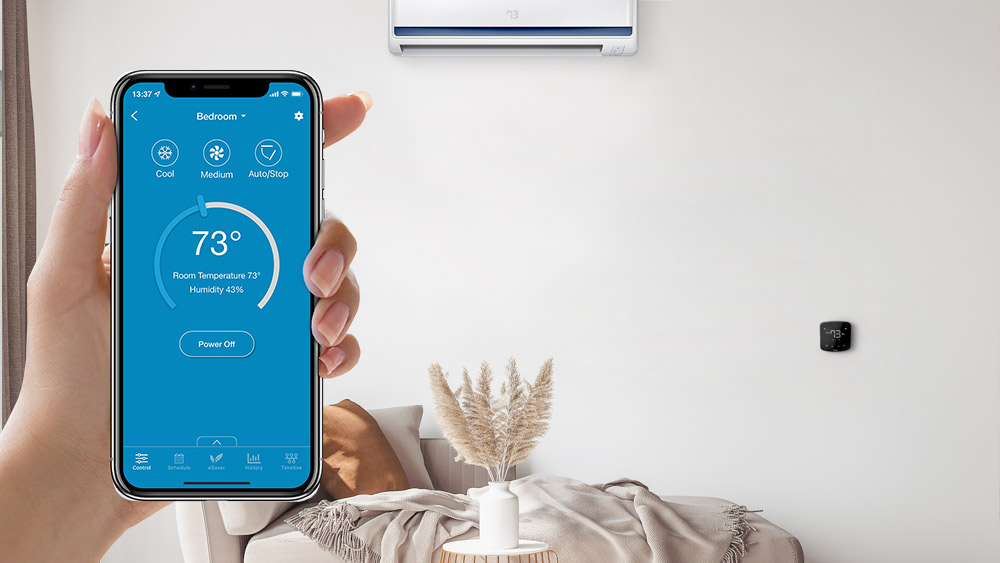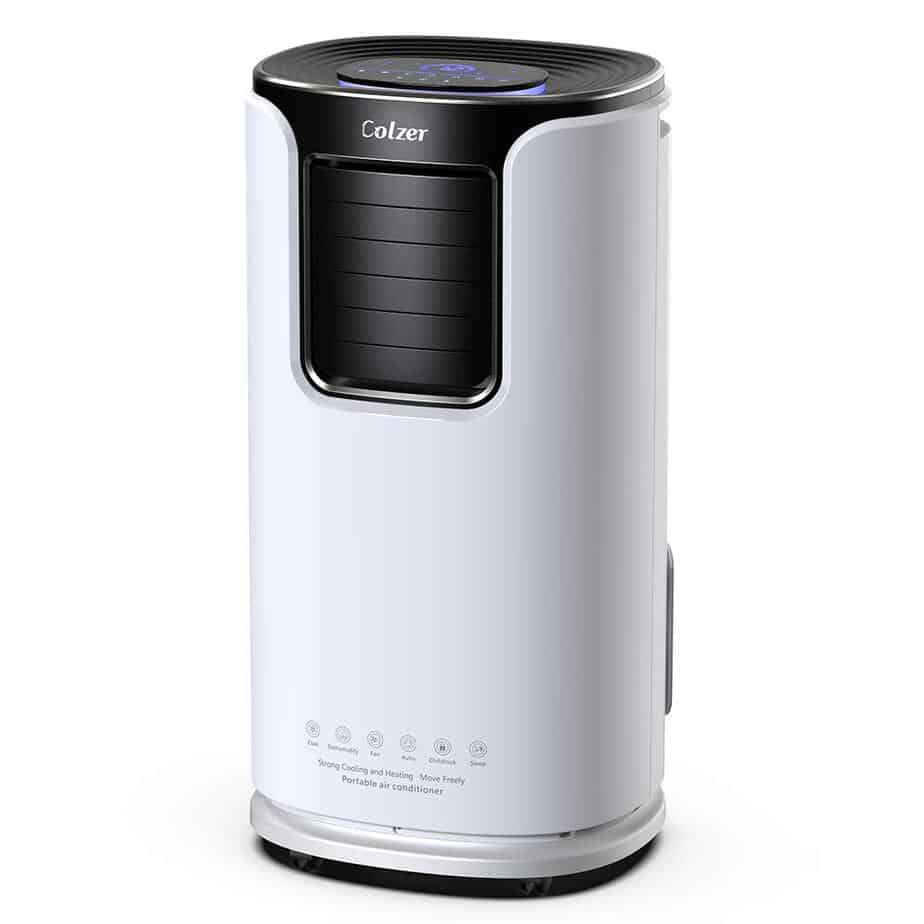Top eco-friendly air conditioners for 2025 introduce a new era of sustainability in cooling technology, striving to balance comfort with environmental responsibility. As we delve into the world of eco-friendly air conditioners, we uncover the innovative features, energy efficiency standards, and technological advancements driving this transformative industry forward.
Join us on this journey towards a greener and cooler future.
The Artikel explores various aspects of eco-friendly air conditioners, from design and materials to smart features and refrigerants, shedding light on the path to a more sustainable cooling experience.
Top eco-friendly air conditioners for 2025
As we look towards a more sustainable future, the demand for eco-friendly air conditioners is on the rise. These innovative cooling systems not only provide comfort but also reduce environmental impact. Let's explore the key features that make air conditioners eco-friendly and the importance of using them for sustainability.
Key Features of Eco-Friendly Air Conditioners
- Utilization of refrigerants with low global warming potential to minimize greenhouse gas emissions.
- Energy-efficient components such as inverter technology for reduced electricity consumption.
- Smart features like programmable thermostats and occupancy sensors for optimized cooling.
- Ability to operate on renewable energy sources like solar power to further reduce carbon footprint.
Energy Efficiency Standards
Eco-friendly air conditioners should meet strict energy efficiency standards set by organizations like Energy Star. These standards ensure that the cooling systems consume less energy while delivering optimal performance, leading to cost savings and reduced environmental impact.
Importance of Using Eco-Friendly Air Conditioners
- Contribution to lower carbon emissions and combating climate change.
- Reduction in electricity bills due to decreased energy consumption.
- Preservation of natural resources by promoting sustainable cooling solutions.
Advancements in Technology for Eco-Friendly Air Conditioners
Technological advancements are driving the development of more eco-friendly air conditioners. Innovations like variable speed compressors, advanced airflow design, and eco-friendly refrigerants are transforming the industry. These advancements not only enhance the cooling efficiency but also minimize environmental impact, making air conditioners more sustainable for the future.
Types of eco-friendly refrigerants used in air conditioners
When it comes to eco-friendly air conditioners, the type of refrigerant used plays a crucial role in determining the environmental impact of the cooling system. Let's explore the different types of eco-friendly refrigerants commonly used in air conditioners.
Comparison of eco-friendly refrigerants
- R-32: This refrigerant has a low global warming potential (GWP) compared to traditional refrigerants like R-410A. It is also energy-efficient and non-ozone depleting.
- R-290 (Propane): Known for its high energy efficiency and zero ODP (Ozone Depletion Potential). However, it is flammable and requires careful handling.
- R-744 (Carbon Dioxide): Considered one of the most environmentally friendly refrigerants due to its low GWP and zero ODP. It is also non-toxic and non-flammable.
Environmental impact of refrigerants
Traditional refrigerants like R-22 and R-410A contribute to the depletion of the ozone layer and have a high GWP, leading to climate change. In contrast, eco-friendly refrigerants have lower GWP and do not harm the ozone layer, making them a sustainable choice for air conditioning systems.
Regulations and standards
- The Montreal Protocol regulates the phase-out of ozone-depleting substances, including refrigerants like R-22.
- The Kigali Amendment aims to reduce the use of HFCs (hydrofluorocarbons) with high GWP to combat climate change.
Air conditioner brands using innovative refrigerants
Companies like Daikin, Mitsubishi Electric, and LG are at the forefront of adopting eco-friendly refrigerants in their air conditioning units. They prioritize sustainability and energy efficiency by utilizing innovative refrigerant technologies to reduce environmental impact.
Design and materials of eco-friendly air conditioners
When it comes to eco-friendly air conditioners, the design and materials used play a crucial role in reducing environmental impact and improving energy efficiency.
Recycled or sustainable materials
- Many eco-friendly air conditioners are made using recycled materials such as aluminum, copper, and steel, which helps reduce the demand for new resources and minimizes waste.
- Sustainable materials like bamboo, recycled plastic, and bio-based plastics are also being incorporated into the manufacturing of air conditioners to lower carbon footprint.
Energy-efficient design
- Modern eco-friendly air conditioners are designed with energy efficiency in mind, with features such as variable-speed compressors, improved insulation, and smart thermostats to optimize cooling while using less energy.
- Enhanced airflow design, eco-friendly refrigerants, and advanced filters also contribute to reducing energy consumption and environmental impact.
Innovative designs
- Some eco-friendly air conditioners now come with solar panels for powering the unit, reducing reliance on traditional electricity sources and lowering carbon emissions.
- Compact and sleek designs not only save space but also promote better air circulation and cooling efficiency, making them a sustainable choice for residential and commercial use.
Smart features and technology in eco-friendly air conditioners
Smart features play a crucial role in enhancing the eco-friendliness of air conditioners, offering innovative solutions to optimize energy efficiency and user experience.
IoT Integration
IoT integration allows air conditioners to be connected to smart devices and networks, enabling remote control and automation. This feature helps users monitor and adjust their cooling settings efficiently, reducing energy consumption by only cooling spaces when needed.
Artificial Intelligence for Energy Optimization
Artificial intelligence technology can analyze usage patterns and environmental factors to optimize energy consumption. By learning from user preferences and adjusting settings accordingly, AI helps reduce energy waste and lower electricity bills.
Enhanced User Experience and Energy Efficiency
Smart technology enhances user experience by providing intuitive controls, personalized settings, and energy-saving recommendations. Features like smart thermostats, energy usage tracking, and adaptive cooling algorithms ensure comfort while promoting energy efficiency.
Cutting-Edge Technologies in Eco-Friendly Air Conditioners
- Variable-speed compressors: These compressors adjust cooling output based on demand, reducing energy consumption and enhancing efficiency.
- Sensor-based temperature control: Sensors detect occupancy and temperature changes, optimizing cooling performance and energy use.
- Energy monitoring and reporting: Real-time energy monitoring and reporting features help users track usage and identify opportunities for energy savings.
- Smart scheduling and geofencing: These features enable users to schedule cooling cycles and adjust settings based on their location, further improving energy efficiency.
End of Discussion

In conclusion, Top eco-friendly air conditioners for 2025 pave the way for a more environmentally conscious approach to cooling our spaces. By embracing eco-friendly technologies and designs, we can create a future where comfort and sustainability coexist harmoniously. Let's continue to support the evolution of eco-friendly air conditioners and make a positive impact on our planet.
Helpful Answers
What are the key features that make air conditioners eco-friendly?
Some key features include energy efficiency, the use of eco-friendly refrigerants, smart technology integration, and the design with sustainable materials.
What types of eco-friendly refrigerants are commonly used in air conditioners?
Common eco-friendly refrigerants include R-32, R-410A, and R-290, known for their lower impact on the environment compared to traditional refrigerants.
How do smart features like IoT integration improve the eco-friendliness of air conditioners?
Smart features enable better energy management, allowing users to optimize cooling settings remotely and reduce energy consumption, thus enhancing overall eco-friendliness.







